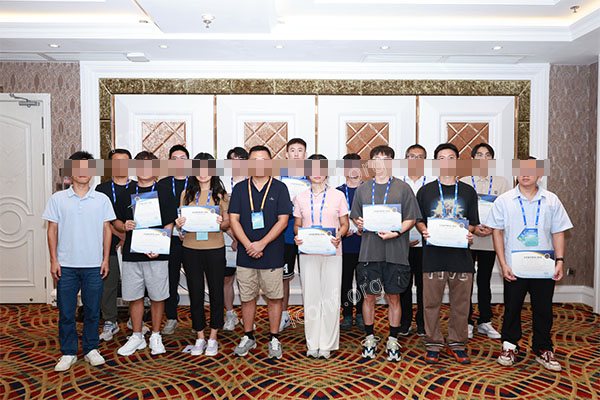In today’s rapidly evolving digital landscape, computing research is transforming industries and reshaping our daily lives. Whether your focus lies in algorithms, cybersecurity, artificial intelligence, or data science, responding to a Computing Call for Papers (CFP) is your opportunity to share breakthrough ideas and establish yourself as a leader in the field. This guide outlines key strategies to help you prepare a compelling submission, boost your academic profile, and make a lasting impact on the global computing community.

International Visibility: Present your research to a diverse, global audience including academic experts, industry leaders, and policymakers.
Enhanced Reputation: Publishing in premier computing conferences can significantly boost your citation metrics and professional standing.
Cutting-Edge Discoveries: Contribute pioneering work in areas such as machine learning, distributed computing, network security, and software development.
Practical Applications: Highlight real-world solutions that address contemporary challenges in technology and digital infrastructures.
Foster Interdisciplinary Partnerships: Connect with researchers across various computing disciplines and stimulate collaborative projects.
Professional Growth: Benefit from expert feedback that can refine your methods and open new avenues for research funding and collaboration.
Detailed Guidelines: Carefully review the CFP document to ensure your research aligns with the conference’s thematic focus, such as emerging technologies, computational models, or digital transformation strategies.
Adherence: Follow all submission requirements—including formatting, citation styles, and deadlines—rigorously to avoid technical rejections.
Concise Overview: Your abstract should clearly state the research problem, methodology, main findings, and overall contribution to the field.
SEO Optimization: Naturally incorporate relevant keywords like “computing research” and “digital innovation” to enhance discoverability on search engines.
IMRaD Format: Use the standard structure—Introduction, Methods, Results, and Discussion—to provide a logical and coherent narrative.
Visual Aids: Enhance your manuscript with high-quality charts, tables, and diagrams that effectively illustrate your data and support your arguments.
Innovative Contribution: Emphasize how your work introduces new techniques or improves upon existing methodologies in computing.
Real-World Relevance: Clearly discuss the practical applications of your research and its potential impact on both industry and society.
Proofreading and Editing: Utilize professional editing services if needed, especially if English is not your first language, to ensure your manuscript is polished and error-free.
Compliance: Double-check your submission for full compliance with the CFP guidelines.
For researchers looking to maximize their impact in computing, iconf.org is an indispensable resource. Here’s how iconf.org can empower your CFP submission:
Curated CFP Listings: Easily find a wide array of international computing CFP opportunities without the need to search multiple platforms.
Expert Guidelines: Access detailed, field-specific submission tips and best practices designed to help you craft a competitive manuscript.
Global Networking: Connect with a vibrant community of computer science scholars, industry pioneers, and technical experts eager to collaborate.
Integrated Resources: Benefit from a comprehensive library of academic papers, journals, and datasets that support your research and enhance your presentations.
Responding to a Computing Call for Papers is more than just a submission—it is a strategic move to advance your research, gain international recognition, and drive technological innovation. By following these best practices in manuscript preparation and leveraging the extensive support available on iconf.org, you can significantly enhance your academic impact and join a global community of IT and computing experts.
Prepare your CFP submission today and propel your research to new heights in the digital age. Visit iconf.org now to explore additional resources and unlock new opportunities for academic excellence and collaboration.